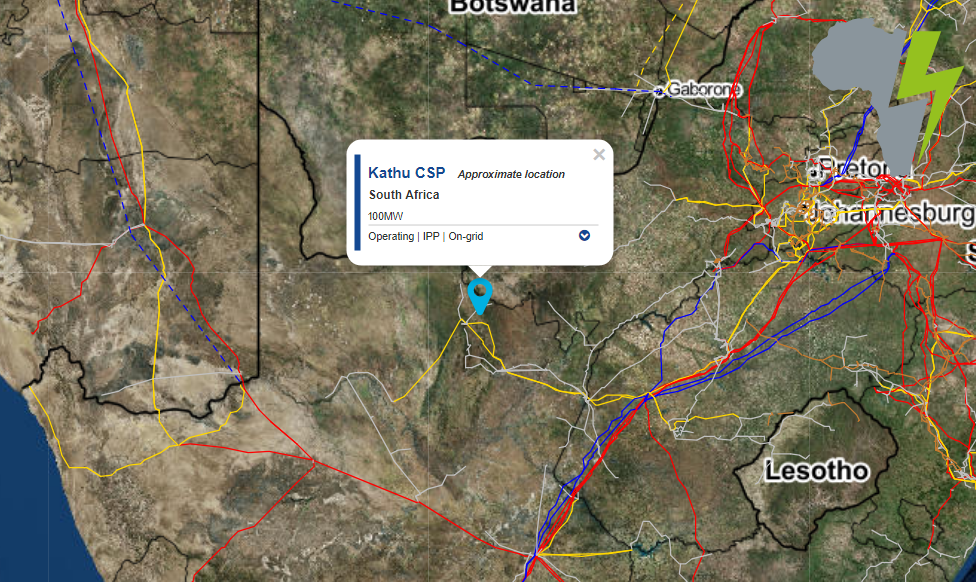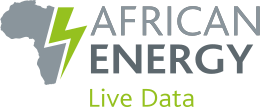
French utility Engie announced earlier this month that its 100MW Kathu concentrated solar power (CSP) plant in South Africa’s Northern Cape began commercial operations on 30 January 2019. The plant was selected as a preferred bidder in what has become known as round 3.5 of the country’s renewable energy independent power producer procurement programme, signing a 20-year power purchase agreement (PPA) with national utility Eskom in May 2016. This was just in time to avoid Eskom’s subsequent refusal to sign further agreements which lasted nearly two years. The other project selected in round 3.5, Acwa Power’s 100MW Redstone CSP project, didn’t sign its PPA until April 2018.
Kathu was built by Spanish companies Sener and Acciona using SENERtrough-2 parabolic trough collectors and covers an area of 4.5km2 with 384,000 mirrors. A molten salt system will allow 4.5 hours of thermal energy storage. Engie will be responsible for operations and maintenance. Construction began in May 2016 and the plant was connected to the grid on 23 February 2018. Sener and Acciona began the salt melting process in early-August and in November Sener announced the plant had been successfully synchronised to the grid.
The plant is owned by Engie (48.5%), the Public Investment Corporation (17.5%), SIOC Community Development Trust (12.5%), Lereko Metier REIPPP Fund (11.5%), Investec Bank Ltd (7.5%), and Kathu LCT Trust (2.5%).
The announcement comes after South Africa’s Council for Scientific and Industrial Research (CSIR), a government-funded research institute, released its statistics for the renewable energy sector in South Africa in 2018. CSIR found that on-grid wind (including Eskom’s 100MW Sere plant) and solar plants produced 10.8TWh during the year – 6.5TWh from wind, 3.3TWh from solar photovoltaic (PV), and 1TWh from CSP – accounting for 4.6% of the country’s total load. The maximum daily production by the plants was 49GWh on 21 October, 8% of system load, while maximum instantaneous supply was 13.1% on 1 January 2018. The lowest daily output was 10GWh on 4 April.
This shows a continuing increase in power generated from renewable projects in South Africa. The total for 2017 was 9TWh – 5TWh from wind, 3.3TWh from solar PV, and 0.7 TWh from CSP – while in 2016 it was 6.9TWh and in 2015 it was 4.7TWh. This represents a capacity factor of 25-26% every year since 2014 for solar PV, 32-36% for wind over the same period, and 31-38% for CSP, according to CSIR. Capacity factors vary significantly on a monthly basis, between 20 and 30% for solar PV, 29 and 46% for wind, and 21% and 55% for CSP. April was the month with the least power produced by solar and wind at 742GWh, compared with 1,047GWh in November, the most productive month.
Wind power produced the most power of the technologies from an installed capacity base of 2,078MW at the end of the year. Over the year, between 431 and 618GWh was generated each month using the technology. Solar PV capacity at end-2018 was 1,479MW and the technology was used to produce between 220 and 334GWh each month over the year. The figure for CSP was between 55 and 139GWh each month from 400MW.
Find a power plant on our database and view the transmission network



